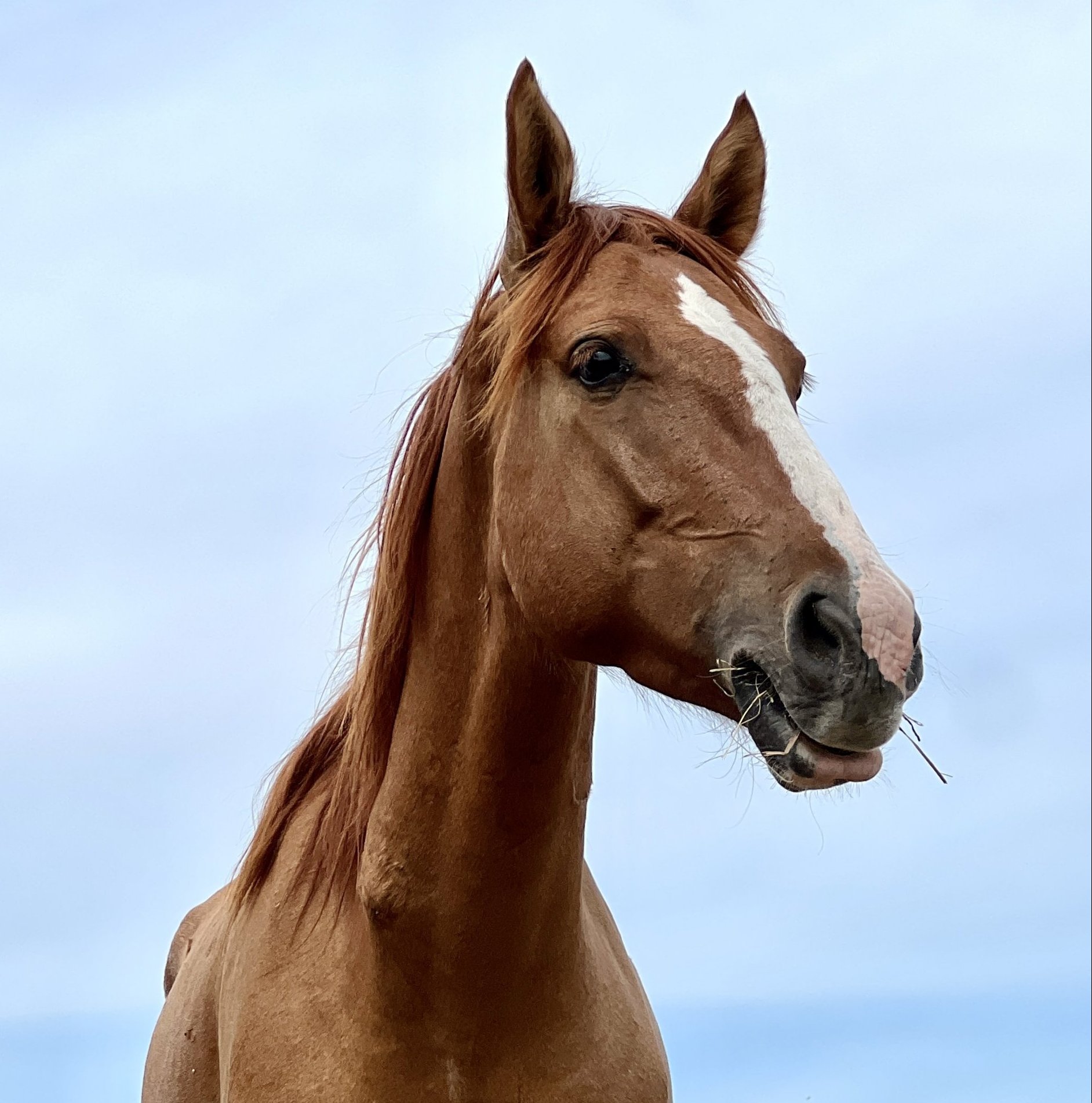Hello Friends.
I have a confession to make. Often when people compliment my dog, a rescue who had a very rough start, I swell with pride. When they tell me Phoebe is beautiful—as if I had anything to do with it—I’m elated. To be honest, though, that feeling lasts no more than a split second. What follows is a little reminder to myself that her appearance isn’t what makes her beautiful. Her shiny black coat, her soft brown eyes, her velvet jowls—those are just genetics. What makes her beautiful has so little to do with the way she looks. In fact, her distinct beauty took time to reveal itself, and I’m still discovering it. Here’s what I’ve learned: Phoebe’s beauty is in her loyalty. It’s in the way she follows me around the house, in her desire to be by my side. It’s in her diva personality. It’s in her lovely laziness. And it’s in her ability to love her family wholly.
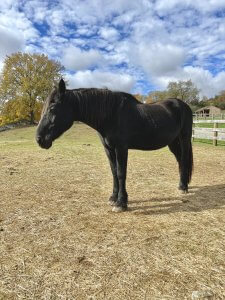
We live in a culture that places excessive value on surface beauty. The cosmetic and fashion industries are filled with products to make us look a certain way. We subscribe to standards of beauty that are unrealistic and often damaging to us and to our children. We know this, and yet we persist.
This is true in the equine world, as well. Horses are often sought for their flashiness—for the way they’ll look in the show ring or on the rodeo circuit. For the way they’ll look in photos. For many horse owners, color matters. Patterns and markings matter. Shine matters. Mane and tail matter. Ear size matters. The standards of beauty for horses can be just as damaging as the ones for humans. After all, what happens to the horses who fall short of those standards? The ones who are scarred? The ones who aren’t flashy? The ones who are built differently? Often, they’re discarded in punishing ways.
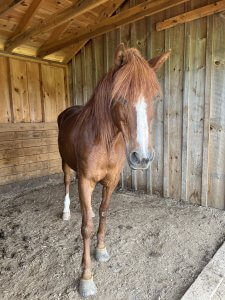
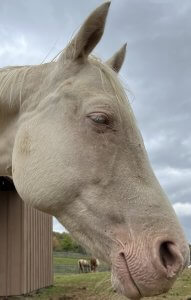
When you visit 13 Hands, you’ll meet equines who fit easily into the standards we’ve come to know. For example, Red Jewel’s coat will dazzle you, especially when the sun deepens its auburn hue. The blue notes in Tanka Rae’s black hair will captivate you. And the combination of Citrine’s cremello coat and powder blue eyes will blow your mind. But these mares are beautiful in other poignant ways. Red Jewel’s intelligence and dignity are palpable. Tanka Rae’s inner balance is stunning. And Citrine, whom we’re just getting to know, is already radiating generosity and kindness.
Before you come to visit, try to remind yourself that surface beauty is just about genetics. That with each rescue, there’s a distinct, even more powerful beauty to discover. Like the way Timber, the mini who has only one eye, exudes confidence and calm. Like the way Geist, the shy mule whose giant ears are practically the length of his face, expresses curiosity and engagement. Like the way proud mom Gina brays for you to come meet her little white fuzz ball Giovanni, shouting her pride in her perfect baby boy. It turns out, each rescue’s distinct beauty has a distinct sound, too.
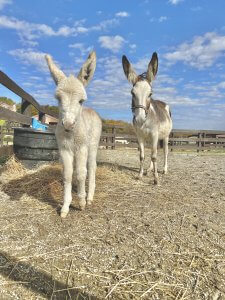
It’s hard to predict exactly what distinct beauty an adopter will discover over time. As your rescue relaxes into your care, you’ll find it. Perhaps in the gratitude reflected in her eyes. In the trust that grows under the promise of safety and security. In the playfulness that emerges when her fear disappears. In her desire to follow you around the field, to be by your side whenever possible. In the nickers, the whinnies, the brays—the sounds that express recognition and joy. In the way she loves your family wholly.
As I write, Phoebe is sprawled out on the floor behind me. We came in from the rain, we stopped for a snack, and she followed me until I settled in front of my computer. She’s snoring—each thunderous breath a reminder that it’s true: each rescue’s distinct beauty really does have a distinct sound.
Until next time,
Karen



